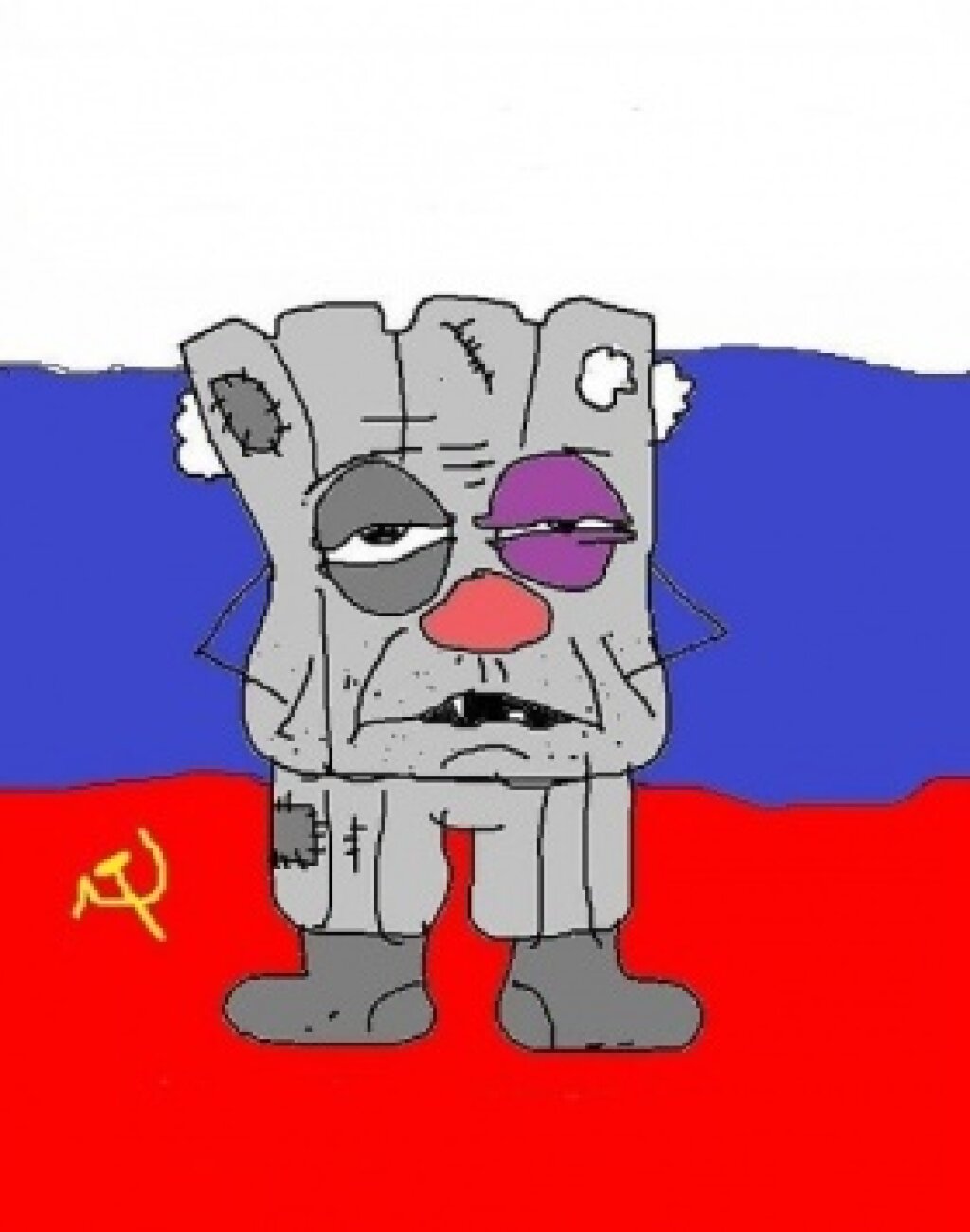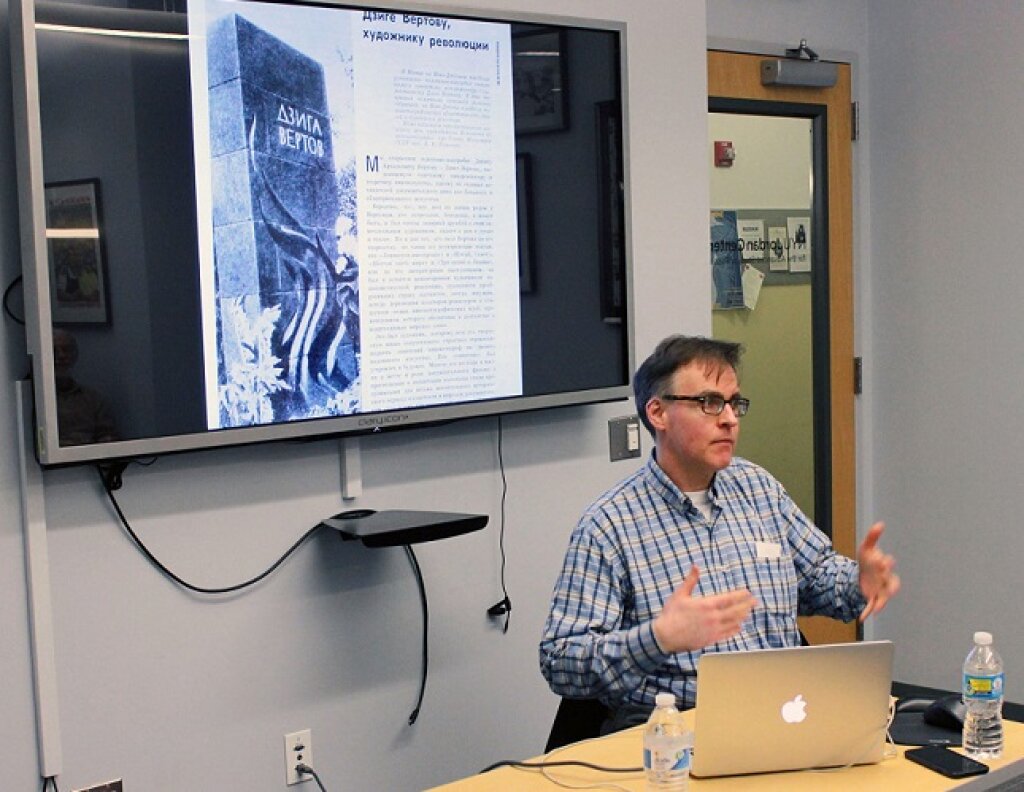Oleksandr Kravchuk is a visiting research fellow at the University of Bristol. As a historian, Dr. Kravchuk works on questions of Russian imperial colonization of Southern Ukraine. This post is based on his recent article, “Blindspots in the Historiography of Russia’s Colonial Rule over South Ukraine and Crimea” published in 2023 in a special issue on “Reinterpreting Russian History After February 24, 2022” in Russian History.
Reevaluating the imperial past is essential for decolonizing Russian history. One of the most effective ways to achieve this goal is to study the country’s regions. In this context, the history of Southern Ukraine stands out as one of the most informative objects of analysis.
The history of this region has always been highly politicized. A striking example of this fact is the changing of toponyms, which began during imperial times with the renaming of “Crimea” to “Taurida” and continues to this day. Depending on the political views of a given author, Crimea is sometimes considered part of broader regions like Southern Ukraine or the Northern Shore of the Black Sea. In Russia, Crimea often stands apart in historical studies. For instance, although contemporary Russian historians actively promote the concept of “Novorossiia,” Crimea is rarely mentioned as part of this concept despite being an integral part of the “Novorossiia” administrative unit. This feature of contemporary Russian historiography once again indicates that the concept of “Novorossiia” is not a historical term, but a purely political one.
The study of the region’s history began almost immediately after its annexation by the Russian Empire in 1783. Imperial-era historians focused primarily on military history and the actions of figures like Catherine the Great, Potemkin, and Suvorov. Central to their narratives were stories of the transformative power of the Russian Empire, which was portrayed as being capable of swiftly colonizing a “desolate Wild Field.”
During the Soviet era, particularly after the deportation of the Crimean Tatars in 1944, the focus was primarily on the Great Patriotic War and other topics unrelated to the history of the Crimean Tatars. The situation changed dramatically after the collapse of the Soviet Union. However, in the Russian Federation, interest in the history of Crimea and especially of Southern Ukraine remained rather limited. Generally, only specific topics gained popularity, such as the history of the White Army during the Russian Civil War or the links of the Romanov family with Crimea. Not only had these topics had been taboo during Soviet times, granting them extra cachet after 1991, there was, at the time, a growing public interest in the history of the Russian Empire that coincided with the rise of neo-imperialist sentiments in Russian political consciousness.
A new wave of interest in this region emerged after the annexation of Crimea and the aggression in Eastern Ukraine in 2014. In the Russian Federation, there was a political need to justify the annexation ideologically, leading to the active promotion of the idea of “Novorossiia” as a region that “had never belonged” to Ukrainian lands. Increased media attention to the region generated demand from the general public, resulting in the publication of the first books on the history of Southern Ukraine and Crimea in 2015. These early works already showed trends that would dominate subsequent publications. At the same time, the Institute of Russian History, Russian Academy of Sciences began working on two major collective projects: History of Crimea (Istoriia Kryma) in two volumes and History of Novorossiia (Istoriia Novorossii).
Undoubtedly, both books focus on the Russian Empire and its so-called “progressive role in the history of the region.” Neither History of Crimea nor History of Novorossiia offered any new insights into the region’s past. The first book was compiled by historians from Crimea who largely systematized their previous work. The second book consists of reworked material by well-known Soviet historian of Southern Ukraine Elena Druzhinina. In reality, these books present not so much the history of the region itself as the history of the Russian Empire in this region.
The publication of History of Sevastopol (Istoriia Sevastopolia) in three volumes in 2021 was the latest installment in this government-sponsored series. The main intent of this edition is clear: the authors aimed to reinforce the myth of “Sevastopol as a city of Russian Glory.” This narrative, originally crafted to frame the Russian Empire’s defeat in the Crimean War (1853-1856) in a more favorable light, was revitalized after the Second World War. The authors chose to omit all complex and controversial aspects of the city’s history, effectively turning a book about Sevastopol’s history into a glorified account of the Black Sea Fleet.
Notably, the Russian interpretation of Crimean history is being crafted in multiple arenas. In addition to monographs, recent years have seen the organization of conferences and the awarding of research grants in relevant areas. This effort has met with some success: the published books have become widely cited and significantly influence audiences within the Russian Federation, shaping the perception of a “Russian Crimea” and a “non-Ukrainian Novorosiia.” A clear strength of these works is the use of rich archival materials from both regional archives and central repositories in Moscow and St. Petersburg. Their major drawback is their one-sided interpretation of these sources and their methodological limitations.
Historical scholarship in Ukraine has developed in a different direction. In the first decade following the dissolution of the USSR, there was an active effort to create a national history. As a result, the history of Southern Ukraine primarily centered on studies of the Zaporozhian Sich. However, examining the region's history after its annexation by the Russian Empire was more complex and demanded new approaches from Ukrainian historians. As Ukrainian historians increasingly engaged with the global academic community, the range of research fields expanded without anyone attempting to force them into any unified framework.
Following the annexation of Crimea in 2014, Ukrainian historians, unlike their counterparts inside Russia, did not produce comprehensive works on the region’s history. Instead, a sort of response to the annexation emerged in the form of popular science publications like Crimea: A Path Through the Ages: History in Questions and Answers (Krym: shliakh kriz viky: istoriia u zapytanniakh i vidpovidiakh). Researchers also founded an annual conference called Our Crimea (Nash Krym), publishing its proceedings in edited volumes. Initially, the reaction from historians and Ukrainian society alike was emotional, but this response later evolved into a recognition of the need for a thorough and complex study of the region.
As a result, new approaches and concepts have emerged. For example, Professor Yaroslava Vermenych emphasized the importance of viewing the history of Southern Ukraine, from the seventh century BCE to the early twenty-first century, as that of a borderland subregion. This new, more flexible perspective on regionalism, compared to earlier approaches, has paved the way for a deeper understanding of the multifaceted nature of regional history. Ukrainian historians have also continued to build a national history based on regional sources. Their works primarily focus on Ukrainians, Crimean Tatars, and occasionally Karaites, and often highlight the Russian Empire’s repressive measures against various local populations.
Yet concentrating exclusively on the negative aspects of life under imperial rule can overly narrow the historical narrative, reducing the richness of Ukrainian history as a vital component of the broader cultural landscape of Eastern Europe. In recent years, several books have been published on the history of cities like Odesa, Dnipro, and Berdiansk. Drawing on extensive archival data, the authors of these works challenge several significant narratives, including the notion that the Russian Empire brought order to chaos and civilization to a “deserted land” (Southern Ukraine). They rightly argue that these territories were never a “desert,” since it was home to Cossacks and Crimean Tatars and had a complex economic organization long before the Russian Empire’s annexation.
At this stage of our understanding of the region’s past, examining various aspects of history may deepen our insights and, in the future, allow us to produce a comprehensive and enlightening study of this important area.



